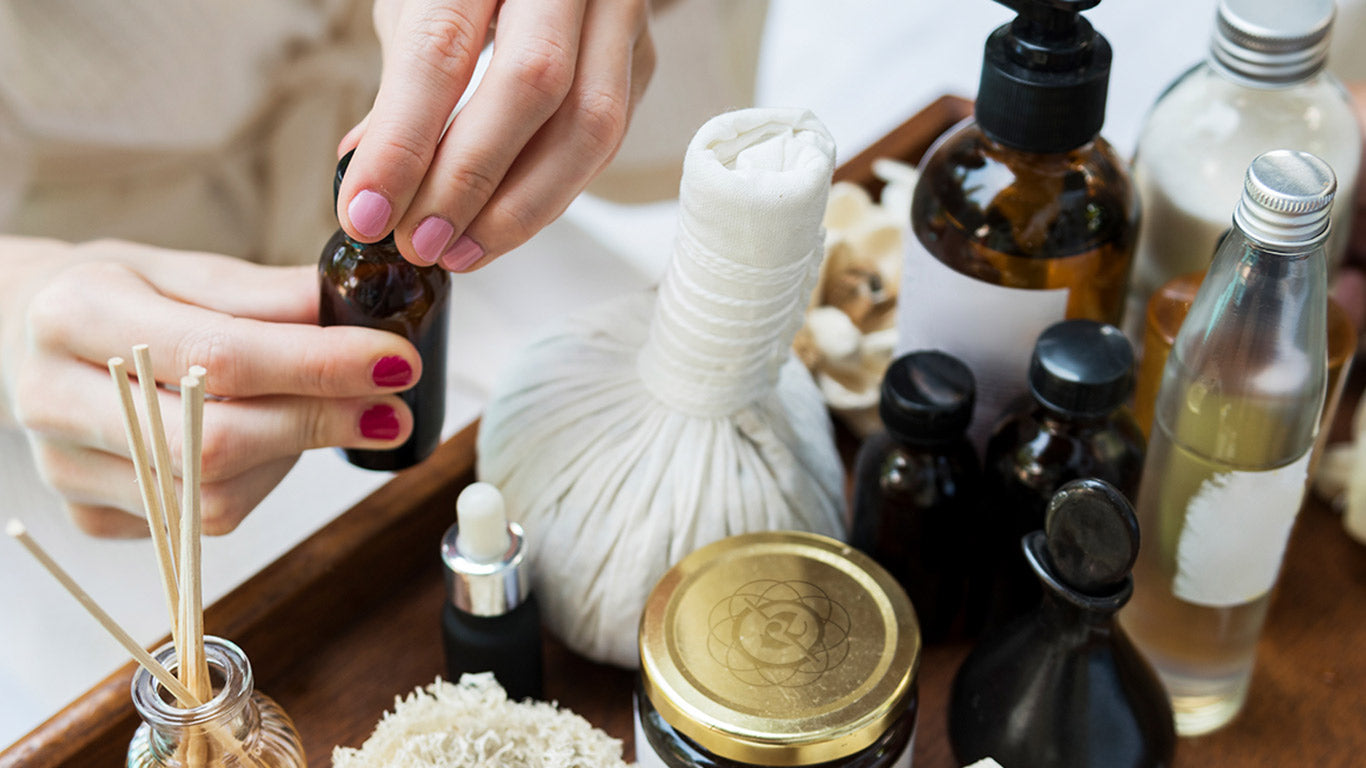Determining what products and procedures will benefit your skin can be challenging, and for people with melasma, skincare can feel impossible. Fortunately, harnessing scientific knowledge about melasma and its effects on the skin can enable people to find skincare treatments and products to nurture and benefit their melasma-impacted skin.
On The Skin Report podcast, Dr. Simran Sethi, an Internal Medicine doctor and the Founder and Medical Director of RenewMD medical spas, shares her insight on the products and procedures people can use to help with their melasma. In addition, she discusses the symptoms of melasma on the skin and how to incorporate different skincare methods to improve the effects of this common condition. Read on to learn about popular skincare methods people can adopt to safely treat their melasma.
Making Skincare Work for Melasma
Many of the skincare products and methods can actually be harmful to skin with melasma. Proper knowledge of this condition is essential for identifying treatment methods that are safe for the skin and do not aggravate it further. The following skincare methods can negatively impact skin with melasma – if utilized incorrectly. So read on to learn how people with melasma can safely incorporate these methods to treat their skin.
Retinol
Retinol is often advertised as an anti-aging ingredient, which can be seen as an attractive feature for people with melasma. After all, melasma can cause skin to show signs of protein breakdown, dryness, and other factors that mimic aging skin. However, skin with melasma can suffer from negative results if retinol is used improperly.
Melasma often causes the skin barrier to be compromised, and retinol can trigger more pigmentation as it dries skin and causes the cells to react with more pigment. To avoid these side effects of improper retinol use, people with melasma should start low and slow, beginning with a low concentration that they incorporate into their routine over time.
Moisturization is also essential when using retinol, so try to incorporate a product that pairs retinol with lipids to counteract the ingredients’ drying and inflammatory effects. Using a moisturizer can also keep the skin hydrated, and one with hyaluronic acid can enable the skin to lock in moisture by supporting the moisture barrier. In addition, moisturizers rich in phospholipids can mimic the skin’s lipid barrier, which can be especially helpful for people with dry or mature skin.
By incorporating retinol correctly, users can see positive anti-aging effects on their skin, like a stronger skin barrier. The ingredient also increases collagen production and skin cell turnover, supporting the skin’s ability to make new skin faster.
Skin Bleaching
Skin bleaching products are ineffective and harmful, especially for those with hyperpigmentation like melasma. Lightening creams with bleaches promise a solution to lighten dark and uneven skin patches but may aggravate the pigment issues further.
Still, there are ways for people with melasma to safely and effectively lighten their dark patches with botanical skin lighteners. This refers to a category of ingredients shown to reduce pigment production, including kojic acid, arbutin, and licorice extract. As a result, they can safely provide a mild amount of pigment suppression without triggering extra skin sensitivities.
Hydroquinone is a pharmaceutical skin lightener that can help with melasma hyperpigmentation if used effectively. A formulation with 2% or low dose is available over the counter, or users can incorporate higher doses under medical supervision. Hydroquinone may cause skin sensitivities, so it is wise to begin using it under the guidance of a physician. Improper use can also cause Ochronosis, a skin condition that can occur if hydroquinone is used indefinitely.
Another beneficial compound is Tranaxemic acid or TXA, which is a medicine used to reduce bleeding and help the blood clot more easily. It has also shown promising results in reducing pigmentation in skin with melasma. There is an increase in blood vessel quantity and size in melasma lesions which adds to the appearance of dark spots and promotes melanocyte activity. TXA treats this by reducing the vasculature in melasma lesions and thereby suppressing melasma.
People considering incorporating a skin-lightener into their routine to help with melasma can safely try botanical skin lighteners as they are mild but do not lead to any adverse effects if applied daily. Hydroquinone can also be helpful but should safely be used under physician supervision.
Chemical Peels
Chemical peels may help to reduce skin pigment but only work on skin with melasma when the melanin is in the epidermis, where the peel can penetrate. If the melanin is deposited in the dermis, the pigment is often too deep and challenging to reach through chemical peels.
Chemical peels also contain a high dose of hydroquinone, retinol, lactic or glycolic acids, which can actually aggravate skin with melasma. This is caused by the skin barrier having already been compromised due to the melasma.
A safe way to approach chemical peels for skin with melasma is first to strengthen the skin’s architecture and barrier. People can accomplish this through moisturizing, lipid-rich serums and creams and under the supervision of a professional.
Chemical peels may also be more effective for patients after they have had more invasive, deeper medical skin treatments like Picosure laser and micro needling. These treatments will strengthen their skin and help bring pigment closer to the surface, making chemical peels safer and more effective.
Listen to The Skin Report podcast to learn more about melasma and healthy skin treatments for people of color.



